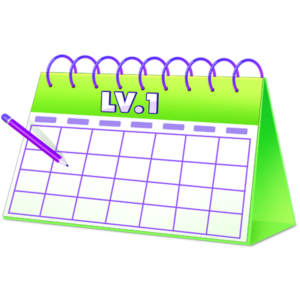This lesson was made possible thanks to Pacific Life Insurance Company

What is Disability Insurance?
Disability Insurance is insurance that provides benefits to the insured person if they experience an injury or illness that prevents them from working for an extended period of time. It typically pays 50% – 70% of your pre-disability wage, or what you were making before you stopped working. Your expenses don’t stop when you are sick or injured, and this important financial protection benefit helps replace your income while you recover so you can pay for all your expenses, such as mortgage/rent, utilities, groceries, and medical bills, to name only a few. There are two main types of disability insurance – Short Term and Long Term.
Short Term Disability Insurance
Short Term Disability (STD) Insurance provides coverage for a short period of time, typically around 6 months but usually less than one year. Most people think “disability” and their mind goes to catastrophic injuries or illness, but STD covers a broad spectrum of things that could keep you out of work. Some of the most common reasons for STD claims include childbirth, common injuries, simple surgeries and musculoskeletal conditions, such as a back condition.
An important component of disability insurance is that it is not simply enough for you to have a diagnosis or a condition, but it must be disabling. The insurance company will evaluate your medical information in comparison to your occupation’s requirements to determine if you are disabled from performing the duties of your occupation.

he type of documentation needed can vary greatly depending on why someone is out of work. For example, a straightforward claim could be someone who had a baby and needs time to recover from childbirth or someone that had back surgery. For someone that might be out of work due to a chronic condition, such as back pain or depression and anxiety, more medical information may be needed to understand the level of severity of their condition and what has changed that is now preventing them from being able to work.
Long Term Disability Insurance
Long Term Disability (LTD) is similar to Short Term Disability, but offers additional protection if you are disabled and unable to work for an extended period of time, or in certain circumstances, for those that will never be able to return to work due to terminal illness or permanent disability.

For Long Term Disability, it is very typical for your coverage to have two different definitions of disability, or ways of evaluating whether or not you are disabled and entitled to receive benefits. For example, for the first two years of benefits, the insurance company may evaluate you and your medical condition based on whether or not you can perform the duties of your occupation, similar to how you are evaluated in Short Term Disability. After two years, though, that definition commonly changes to a broader definition, meaning the insurance company will review your medical condition, your work experience, training and education, and determine whether or not you have the ability to perform any other type of occupation. This evaluation takes into consideration how much money you were earning before your disability.
How To Get Disability Insurance
You can get disability insurance through 3 paths: your employer, on your own, or public insurance.
- State Mandated Coverage – Some states, like California, mandate disability coverage. They may also mandate paid family leave, and some states combine disability and family leave coverage into one comprehensive program known as Paid Family and Medical Leave (PFML).
- Through Your Employer – Many employers offer disability insurance as part of their standard benefit packages. These are group policies that apply to everyone in the company.
- On Your Own – If not offered from your employer, you can buy disability insurance on your own, usually from the same brokers that sell life insurance. Your broker will consider your type of work and risks of getting disabled (and how much coverage you need) to help build a tailored policy for you.
- Government Insurance – If you have no other coverage and become disabled, there is public disability insurance (in the United States, covered under Social Security – like public retirement pensions). This offers very low, baseline benefits, and often takes years for the benefits to be approved.
Having some form of disability coverage is an important part of any personal financial plan to help protect from disaster!